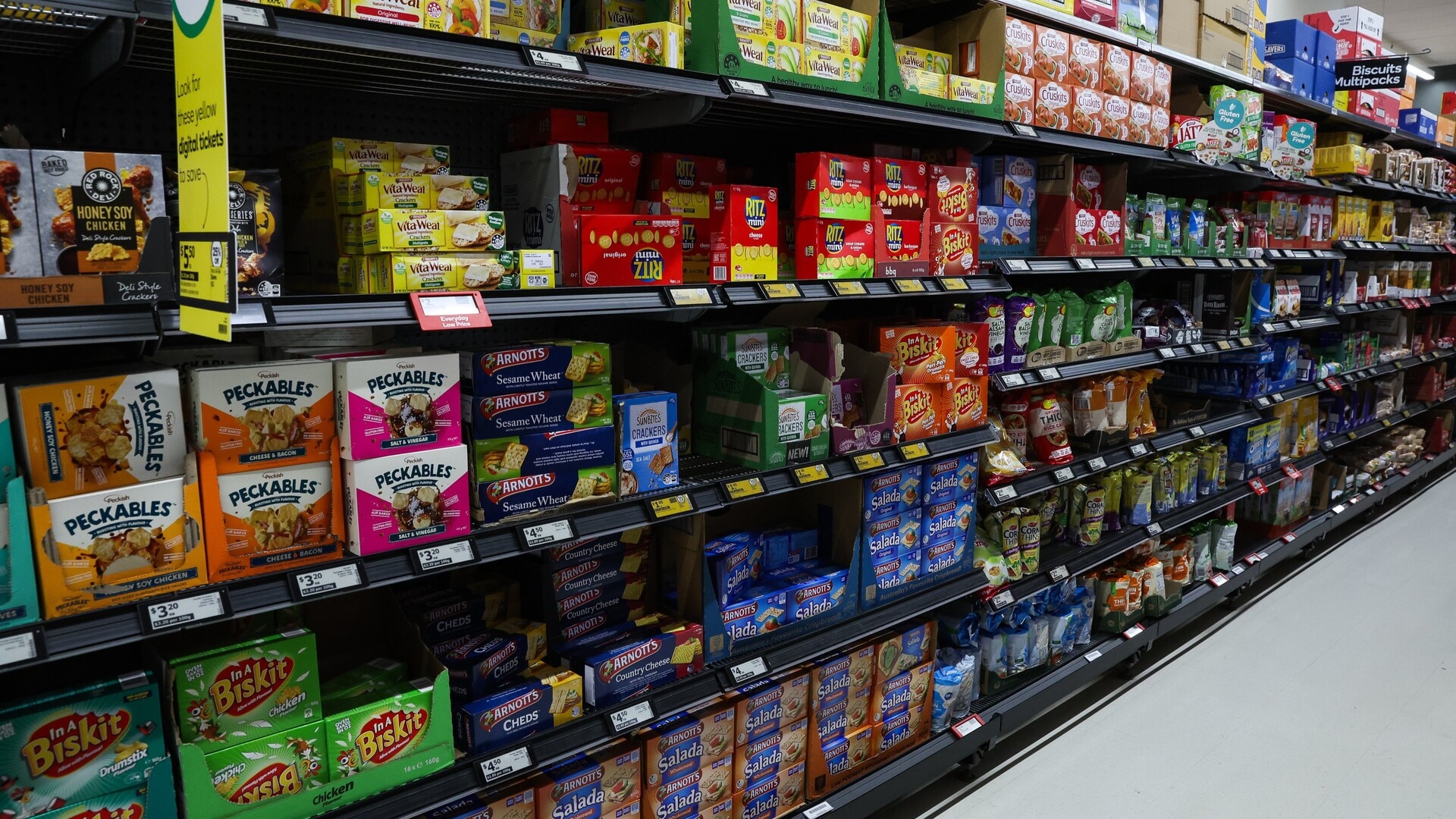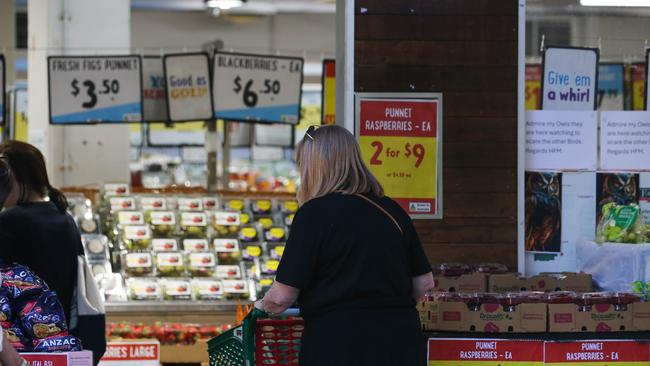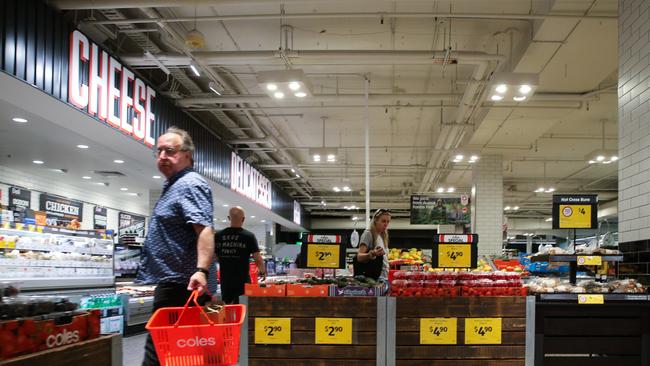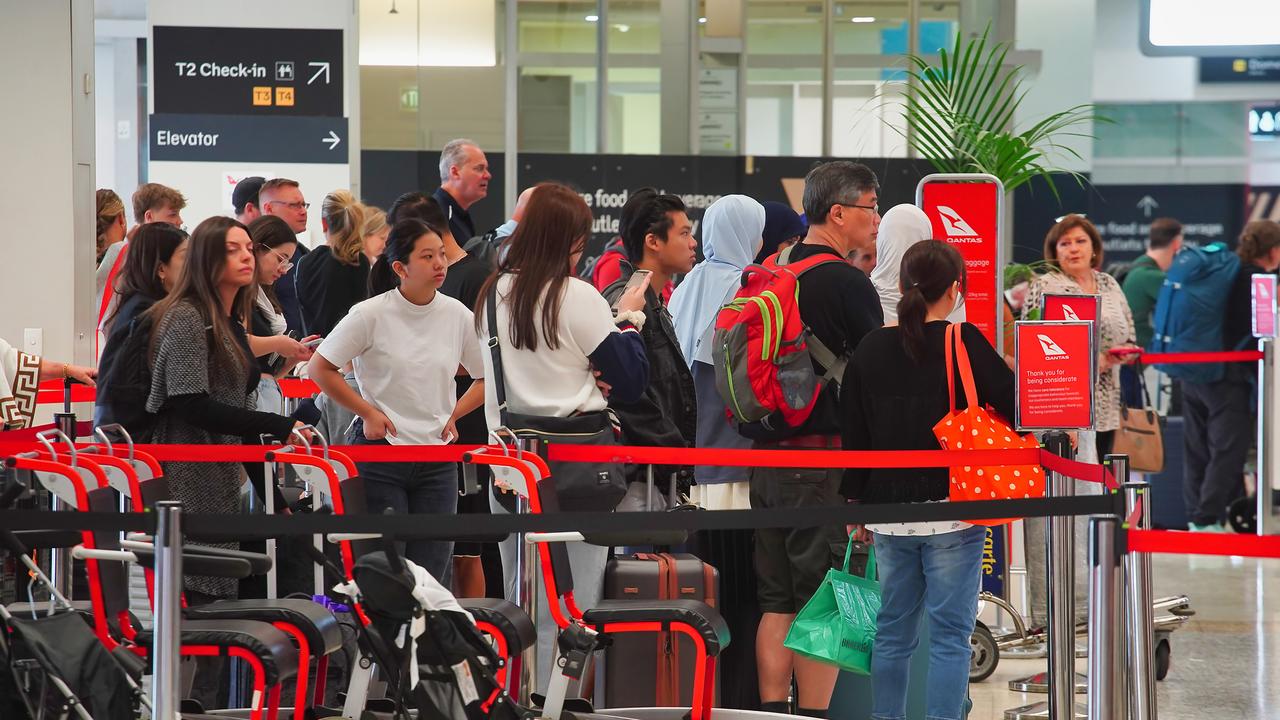‘Opportunities to save’: Aussie shoppers use one trick to cut back on grocery bills
Australian grocery shoppers are using a simple trick to save on their grocery bills, and it is also helping in another way.

Business Breaking News
Don't miss out on the headlines from Business Breaking News. Followed categories will be added to My News.
Frugal Australian households are saving $315 a year on groceries through buying items close to their expiry date at discount prices, costing the supermarkets collectively $5.3bn.
The vast majority of Australians are buying marked-down food items close to their expiry date to save money, ING research shows.
ING head of consumer and market insights Matt Bowen said not only was this helping Australians save money, it helped cut down on food waste.
“There are still more opportunities to save though, and with two in five Aussies admitting they’ve had to leave an item behind at the supermarket checkout because they didn’t have enough budget for it, now is a great time to explore more bargains and smart shopping strategies,” he said.

Mr Bowen said Australians were looking to save across fresh meat, poultry and seafood, bakery products and fresh produce.
In addition to buying items on sale, Aussies could save an extra $1159 annually by ditching the midweek impromptu trip to the grocery store, according to ING.
More than half of Aussies often make last-minute trips to buy items outside of their main shop, with 59 per cent admitting they buy more than planned during these trips.
The research shows these impromptu shops are costing an average of $97 extra per month.
“With that pesky midweek impromptu trip to the convenience store costing us an extra $97 monthly, and shopping primarily online costing us an extra $904 annually, Aussies have the opportunity to implement other ways to save by finding those sale-ticket items, tweaking their dietary habits and even shopping in-store on a weekday evening,” Mr Bowen said.
Meanwhile, Compare the Market research revealed half of Australian shoppers switched to generic brands in the last 12 months, helping them save an average of 41 per cent when comparing the brands.
The research found that Victoria was Australia’s most frugal state, with 53 per cent of Victorians switching from brand-name products to save money.
This compares with the national average of 49 per cent.


Households are now spending $213.64 on groceries each week – 11.5 per cent or $21.98 more compared with January 2024, Compare the Market says.
Compare the Market general manager Chris Ford said this showed the pressure households were facing.
“Families have been doing it tough for long enough and with high prices in almost every aisle at the supermarket, it’s hardly surprising to see so many Australians opting for generic brands over big names,” Mr Ford said.
“Time and time again we see people being stung with high prices because they stay loyal to certain brands and our latest research shows the tide may be turning.”
Mr Ford said Australians were switching to generic items across milk (65 per cent), cleaning products (58 per cent), bread (57 per cent), frozen vegetables (52 per cent) and toilet paper (50 per cent).
“These are the common grocery items we simply can’t live without, so it makes sense to see so many Australians trying to save money where they can here, and the savings can be significant,” Mr Ford said.
“We crunched the numbers at major supermarkets and found a 50 per cent reduction when opting for a cheaper brand multipurpose cleaner, a 38 per cent saving by switching to home-brand bread, and even a 27 per cent price difference between brand-name and generic-brand milk.
Originally published as ‘Opportunities to save’: Aussie shoppers use one trick to cut back on grocery bills


